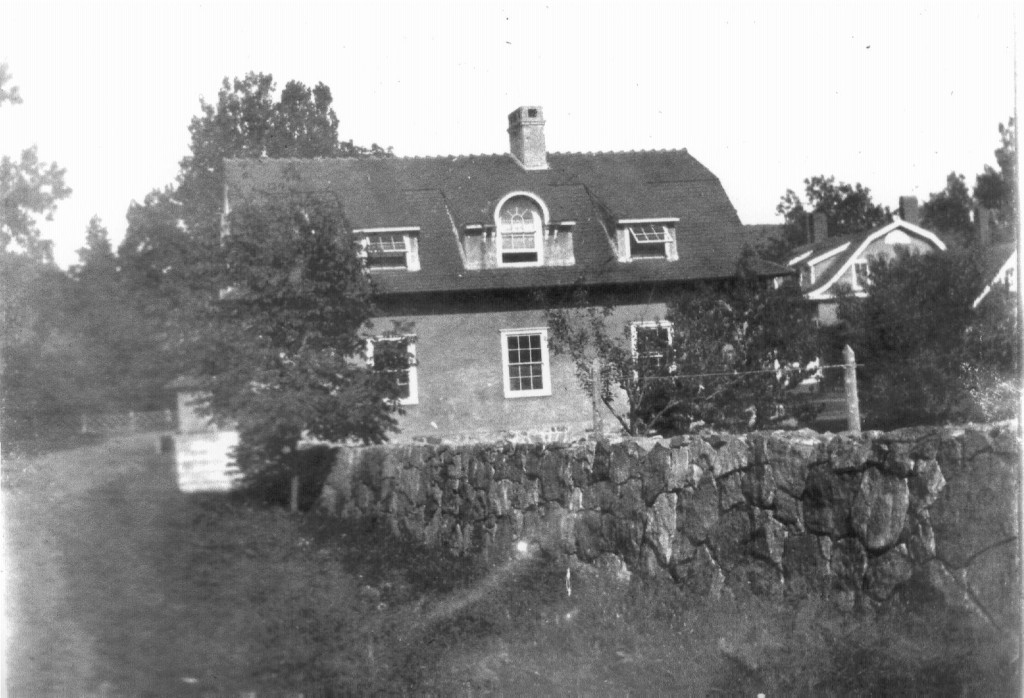The Vygeberg Farm Office Building
(Oakland’s “Stream House”)

A Brief History
- Built in 1902 as the office building for the dairy farm operations of Edward Day Page, a millionaire businessman whose Oakland estate at its height was variously described as either 600 or 700 acres in size. Page was a founding member of the Sons of the American Revolution. Three of his ancestors fought at Concord Bridge, and some two-dozen others served in the Revolution in state militias or in the Continental Army. Page served at various times as councilman and mayor (1909 – 1911) in Oakland, and was at the time of his death (Christmas Day, 1918) a member of the school board.
- The building’s upper floor was from the start meant as living quarters, presumably for the farm manager. Since the building was built over a stream, the large basement rooms were ideal for the storage of dairy products, since the flowing water would serve as a natural air conditioner.
- After Page’s death, his widow allowed the town to use the building’s first floor as its library. There had been a library collection available previously, but until the Page farm office building was used, it had always been housed in the homes of various library board members. Page’s estate was sold in 1923 to a Catholic order for use as a seminary, and the arrangement with the library board continued until 1931 when the property was sold at a sheriff’s auction when the seminary could no longer make mortgage payments.
Several interesting “factoids” about the building:
- The exterior stucco finish utilizes an emerging new building technology, where instead of being applied over a wooden lathe, the plaster is applied over grooved panels of plaster (most likely gypsum) encased in heavy paper, a sort of early “rock lathe” or blueboard.
- None of the four corners of the building are square, being out-of-square by about five degrees. This results in cuts for the rafters being compound angle cuts – not a simple matter when down by hand instead of an electric power saw.
- Comparison of early photographs with present conditions shows that Franklin Avenue has been raised by about two feet from the grade level of the time.